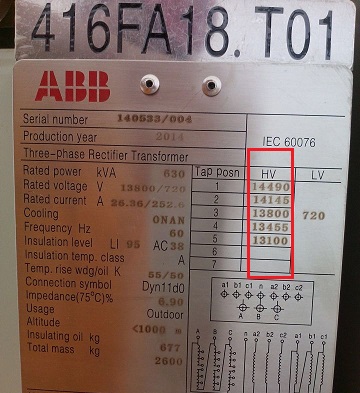Rated turns ratio:
Under the no-load condition of the transformer, the ratio of the rated high-voltage winding voltage U1 to the low-voltage winding voltage U2 can also be said to be the ratio of the primary voltage to the secondary voltage of the transformer.
Actual ratio:
Center tap ratio. Some transformers have different taps on the high-voltage side, so the transformer has the concept of rated transformation ratio and actual transformation ratio, such as the following figure

Standard turns ratio:
When the input of each tap is 0, the instrument does not automatically judge the tap position, and always takes the input high and low pressure ratio as the standard transformation ratio.
Non-standard turns ratio:
The transformation ratio that does not belong to the national standard, such as 10000/27, or some special requirements' voltage, is realized by the non-standard transformation ratio.
Kingrun Transformer Instrument Co.,Ltd.


More Transformer Testers from Kingrun
